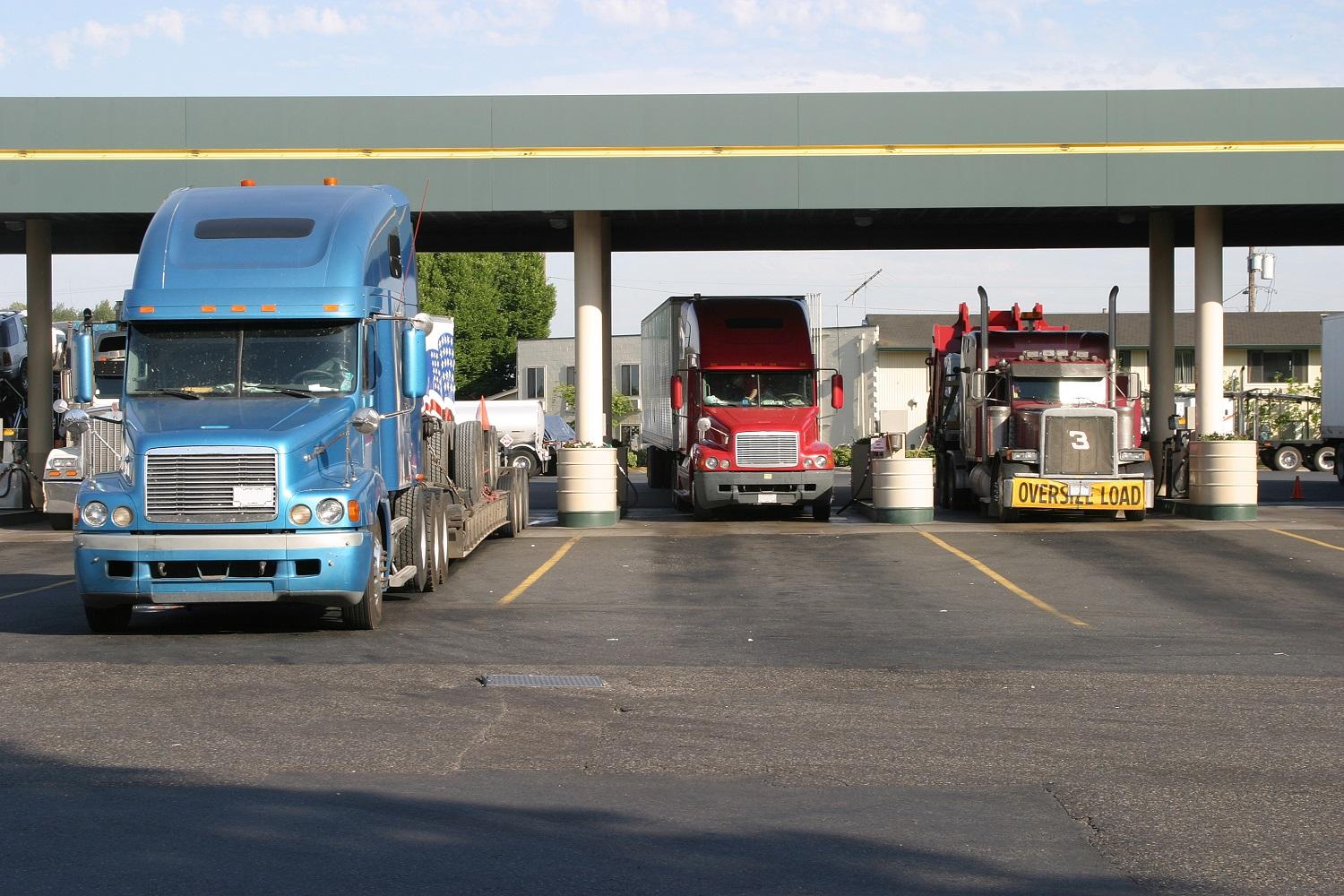MENU
Start
- Best Small Business Loans for 2024
- Businessloans.com Review
- Biz2Credit Review
- SBG Funding Review
- Rapid Finance Review
Our Recommendations
- 26 Great Business Ideas for Entrepreneurs
- Startup Costs: How Much Cash Will You Need?
- How to Get a Bank Loan for Your Small Business
- Articles of Incorporation: What New Business Owners Should Know
- How to Choose the Best Legal Structure for Your Business
Our Guides
- Business Ideas
- Business Plans
- Startup Basics
- Startup Funding
- Franchising
- Success Stories
- Entrepreneurs
Small Business Resources
Grow
- The Best Credit Card Processors of 2024
- Clover Credit Card Processing Review
- Merchant One Review
- Stax Review
Our Recommendations
- How to Conduct a Market Analysis for Your Business
- Local Marketing Strategies for Success
- Tips for Hiring a Marketing Company
- Benefits of CRM Systems
- 10 Employee Recruitment Strategies for Success
Our Guides
- Sales & Marketing
- Finances
- Your Team
- Technology
- Social Media
- Security
Small Business Resources
Lead
- Best Business Phone Systems of 2024
- The Best PEOs of 2024
- RingCentral Review
- Nextiva Review
- Ooma Review
Our Recommendations
- Guide to Developing a Training Program for New Employees
- How Does 401(k) Matching Work for Employers?
- Why You Need to Create a Fantastic Workplace Culture
- 16 Cool Job Perks That Keep Employees Happy
- 7 Project Management Styles
Our Guides
- Leadership
- Women in Business
- Managing
- Strategy
- Personal Growth
Small Business Resources
Find
- Best Accounting Software and Invoice Generators of 2024
- Best Payroll Services for 2024
- Best POS Systems for 2024
- Best CRM Software of 2024
- Best Call Centers and Answering Services for Busineses for 2024
Our Recommendations

Online only. Expires 4/27/2024
The Department of Transportation’s Hours of Service Regulations

Table of Contents
The U.S. Department of Transportation’s mission is to keep U.S. transportation systems safe and efficient to ensure “economic productivity and global competitiveness.” Maintaining this level of safety and efficiency requires rules, regulations and compliance.
As a division of the DOT, the Federal Motor Carrier Safety Administration (FMCSA) regulates the number of hours truck drivers can drive each day and the hours they can work in a week. Its goal is to protect the health and safety of truck drivers and anyone else on the road with them.
One of the FMCSA’s most basic safety standards is also one of the most effective: hours of service (HOS) regulations. These rules can be complicated, so it’s important to understand when and how they apply to transportation companies and the commercial truck drivers they employ. Here’s a look at why HOS rules exist, what they are and how to comply.
Editor’s note: Looking for the right GPS fleet management solution for your business? Fill out the below questionnaire to have our vendor partners contact you about your needs.
Why do HOS rules exist?
HOS rules exist to improve truck drivers’ performance by ensuring they’re well rested and alert. These regulations also guard against potentially catastrophic collisions for long-haul drivers and others on the road.
Keeping drivers focused and ready to roll out is critical to keep the roads safe. When you ensure your company’s fleetwide compliance with all FMCSA HOS regulations, it increases drivers’ safety and lowers your company’s overall risk.
Did you know? The best GPS fleet management systems help your business maintain legal compliance, reduce your fleet’s idle time, adhere to HOS rules, and monitor hard braking and acceleration.
What are the DOT’s hours of service rules?
The DOT hours of service rules regulate the number of hours that commercial truck drivers can drive and work per day and per week. These rules limit the amount of time that drivers can be behind the wheel, with mandatory rest breaks to ensure they’re sufficiently rested when they begin a new shift.
The DOT takes drive-time monitoring very seriously, imposing substantial penalties on any logistics business that doesn’t comply with HOS regulations. HOS rules apply to all interstate drivers operating a commercial motor vehicle with a gross vehicle weight rating (from the manufacturer) over 10,001 pounds. Although there are a few differences, these rules apply to both passenger-carrying and property-carrying drivers.
14-hour/15-hour rule
Property-carrying commercial truck drivers may not drive more than 14 consecutive hours after coming on duty. The driver must take 10 consecutive hours off duty before driving again. For passenger-carrying drivers, there is a 15-hour limit on cumulative driving hours. Drivers cannot extend the 14-hour/15-hour duty period with off-duty time (e.g., breaks, meals, or fuel stops).
The FMCSA provides this example of the 14-hour rule: You have had 10 continuous hours off, and you report to work at 6 a.m. You must not drive your truck after 8 p.m., which is 14 hours later. You may do other work after 8 p.m., but you cannot do any more driving until you have taken another 10 consecutive hours off, or the equivalent of at least 10 consecutive hours off duty.
11-hour/10-hour rule
Property-carrying commercial truck drivers can drive up to 11 hours after 10 consecutive hours off duty within a 14-hour period. For passenger-carrying truck drivers, the limit is 10 hours of driving after eight consecutive hours off duty.
The FMCSA provides this example of the 11-hour rule: You have had 10 consecutive hours off. You report to work at 6 a.m. and drive from 7 a.m. until 2 p.m. (seven hours of driving). You take a 30-minute break as required and can then drive for another four hours until 6:30 p.m. You must not drive again until you have had at least 10 consecutive hours off duty. You may do other work after 6:30 p.m., but no more driving of a commercial motor vehicle on a public road.
30-minute break rule
Commercial truck drivers cannot log driving time if eight hours have passed since they have taken a 30-minute off-duty break; they must take a break of 30 consecutive minutes. They may perform other nondriving tasks after eight hours without a break.
60-hour/70-hour limits
Commercial truck drivers who don’t drive every day of the week may not drive after 60 hours on duty in seven consecutive days. If they drive every day of the week, they may not drive after 70 hours on duty in eight consecutive days. In both cases, the driver may start the seven- or eight-day period after taking 34 or more consecutive hours off duty.
34-hour restart
Commercial truck drivers can restart their 60-hour/70-hour limits for driving after taking 34 consecutive hours off duty. They can commence their new workweek after resetting the clock with the time off. The driver can perform on-duty tasks besides driving (e.g., paperwork, loading and unloading goods) during the restart period.
FMCSA provides this example of the 70-hour limit and 34-hour restart rule: If you follow the 70-hour/eight-day limit and work 14 hours per day for five consecutive days, you will have been on duty for 70 hours. You will not be able drive again until you drop below 70 hours worked in an eight-day period. However, if your company allows you to use the 34-hour restart provision, you would have driving time available immediately after 34 consecutive hours off duty. You would then begin a new period of eight consecutive days and have 70 hours available.
Other fleet health and safety compliance best practices include drug-and-alcohol testing for drivers, driver training programs, and accident review groups.
What is on-duty time?
On-duty time is used to determine a commercial truck driver’s HOS. It includes the number of hours that a commercial truck driver works or is ready to work. On-duty time is all time the driver spends on any of the following tasks:
- Driving
- Inspecting, servicing or conditioning the truck
- Waiting to be dispatched for duty by the carrier
- Loading, unloading, supervising or attending to the truck
- Doing paperwork for shipments
- Taking care of the truck when it requires repair
- Undergoing drug and alcohol tests
- Doing other work for the carrier
- Doing paid work for other employers
On-duty time also includes all time the driver spends in the commercial vehicle, except the following circumstances:
- When resting in a parked vehicle
- When resting in a sleeper berth
- When riding in the passenger seat (for up to two hours) of a property-carrying vehicle (according to specific circumstances)
What are the exemptions to HOS rules?
There are several exemptions to the HOS rules for commercial truck drivers.
30-minute break exception
Property-carrying commercial truck drivers must take a 30-minute break if at least eight hours have passed since their last off-duty period. This rule does not apply to short-haul truck drivers who:
- Fall within the 100-air-mile radius.
- Fall within the 150-air-mile radius and drive vehicles that do not require a commercial driver’s license (CDL).
16-hour short-haul exception
Property-carrying commercial truck drivers can extend the 14-hour driving limit to 16 hours once every seven days. To qualify for the exemption, they must meet the following criteria:
- After the driver returns to their normal work-reporting location, the carrier releases them from duty at that location for their previous five duty tours.
- After the driver returns to the normal work-reporting location, the carrier releases them from duty within 16 hours of coming on duty after 10 consecutive off-duty hours.
- The driver has not used the exemption in the previous six days, except when beginning a new seven- or eight-day period while starting an off-duty period of at least 34 consecutive hours.
Non-CDL short-haul exception
Truck drivers who travel short distances in a truck that does not require a CDL might be able to extend the 14-hour driving limit to 16 hours on two days within seven consecutive days or after the 34-hour restart period. These drivers are also not required to keep logbooks. To qualify for the exemption, the driver must meet the following criteria:
- They operate a commercial motor vehicle that does not need a CDL.
- They work within a 150-air-mile radius of the normal work-reporting location, to which they return each day.
Short-haul drivers are exempt from regulations such as traditional paper or electronic logging device (ELD) grid logs, 30-minute breaks every eight hours, and supporting documents such as dispatch and trip records.
Adverse driving conditions
Truck drivers can extend their maximum driving limit by two hours (i.e., from 11 hours to 13 for property-carrying drivers, and from 10 hours to 12 for passenger-carrying drivers) per shift if they face adverse driving conditions. These are the criteria for this exemption:
- The driver did not know there were adverse driving conditions before starting their shift.
- They did not anticipate the adverse driving conditions using either common sense or trip-planning tools.
The adverse driving condition exception does not extend the 14-hour/15-hour rule for either type of driver. The driver must stop for a layover within an 11-hour drive if it is safe to do so, if they cannot return to their home base within 14 hours (or under the 16-hour exception). [Related article: How Telematics Can Improve Driver Safety]
Emergency conditions
Emergency conditions may enable some or all HOS rules to lift temporarily. A federal or state institution must declare and acknowledge a state of emergency for such exemptions.
How do electronic logging devices help with HOS?
By installing an electronic logging device (ELD) in every vehicle in your fleet, you get digital records of your drivers’ activity in real time. The ELD automatically records the driver’s driving time and ensures that they follow the HOS rules. In addition, ELDs can help you reduce your fleet’s fuel costs while providing a clear audit trail for compliance without extra paperwork. As of Dec. 18, 2017, all nonexempt commercial truck drivers must follow the ELD mandate. This involves installing an FMCSA-registered electronic logging device on their vehicle. Before the mandate, commercial truck drivers would record their driving time in paper logbooks, potentially pulling their focus away from the road.
Many telematics systems include ELDs to ensure compliance. Driver scorecards can also improve compliance and safety for entire fleets by holding drivers accountable for adhering to best practices. [See more benefits of telematics.]
Under the ELD mandate, your business may be required to install electronic logging devices in all your vehicles to regulate miles traveled and reduce driver fatigue.
Penalties for violating HOS rules
Penalties for violating HOS rules are usually swift and severe, applying to both the driver and the trucking company. If law enforcement officials find that drivers are working longer than they should be, it’s perfectly legal for them to shut down a truck until the driver gets the required time off.
A driver could even face state and local fines that officials in the region would assess. Regardless of the violation, once law enforcement gets involved and verifies the violations, that’s when the real headaches begin.
According to Truckinginfo, noncompliance can result in fines ranging from $1,100 to $16,000 per violation. Depending on the frequency and severity of the violations, you could face other punitive measures. Violating HOS rules in excess usually results in reducing your driver’s compliance, safety, and accountability score, while an employer that knowingly permits or encourages violations could face serious federal criminal penalties.
If a commercial truck driver violates HOS rules, the FMCSA may place the driver on shutdown at roadside until they accumulate enough off-duty hours. It might also levy civil penalties on the driver. Drivers may be charged with federal criminal penalties if they knowingly and willfully violate FMCSA regulations. State and local law enforcement officials can also fine drivers for violations.
Although following HOS regulations can get a little tedious, it offers enormous benefits to your company. By enforcing basic guidelines to keep your drivers safe on the road, you can improve workflows and keep deliveries on schedule. With a comprehensive log of your workers’ activities, you’ll be prepared for any scrutiny should you face regulatory or corporate audits down the road.
Eduardo Vasconcellos contributed to the writing and reporting in this article.










